Milestones
Welcome to our "Milestones" page, where we invite you to explore the evolution of our AI Agent Architecture from Mark 1 to Mark 6.
Each iteration builds on the last, making significant leaps in innovation and capability, reflecting our commitment to continuous improvement and cutting-edge technology.
Discover the lessons learned in each iteration that have shaped the current version into what it is today. As we continue to learn and grow, this list will expand, unveiling new possibilities for the future.
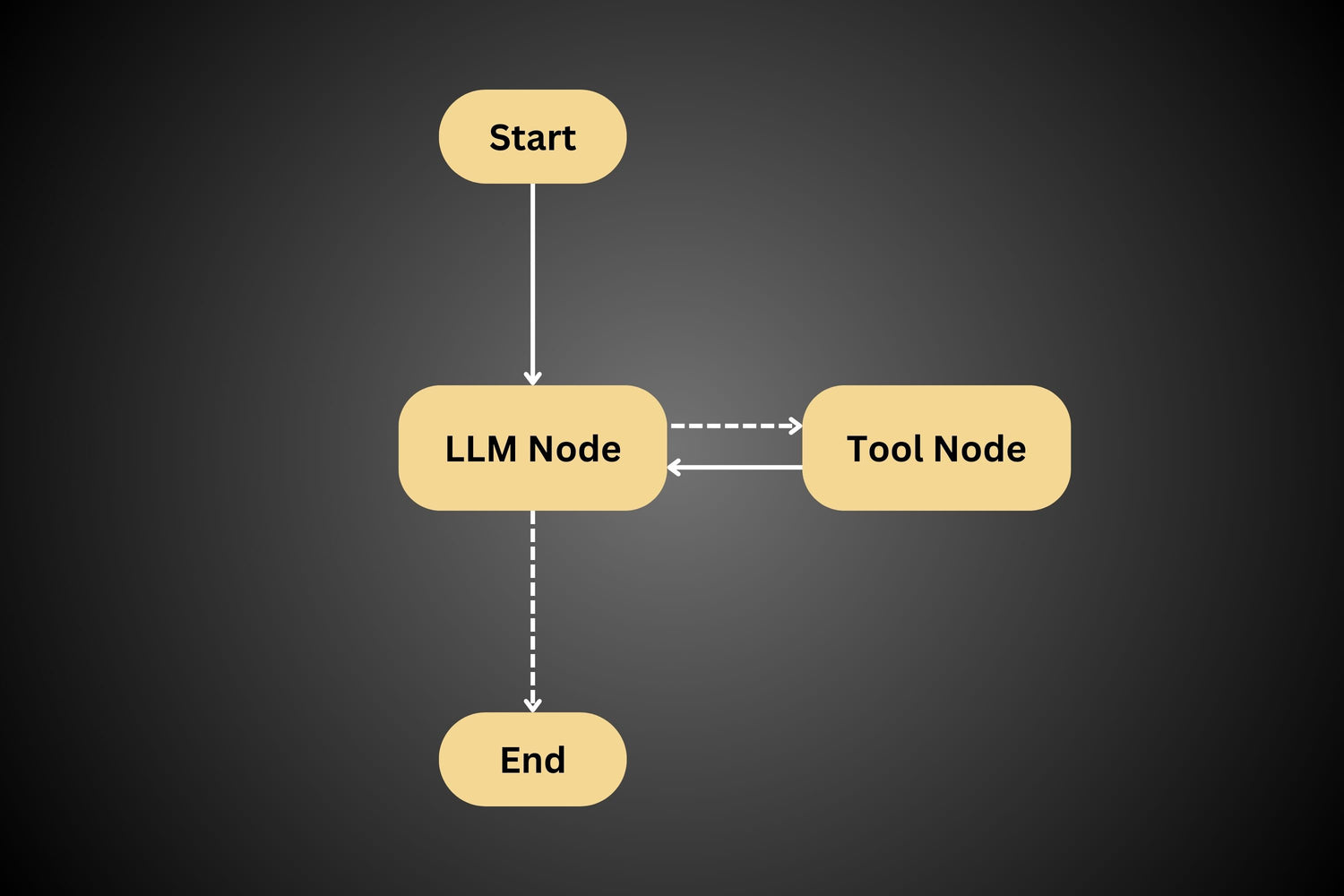
Agent Mark 1
ReAct Agent
A basic tool-calling agent that iteratively uses tools to solve problems and responds once an answer is found. The primary goal was to create a proof of concept and establish a standardized codebase structure for future development.
- Agent Starter Kit -
We released Agent M1 as a free starter kit to give engineers who share our views on AI a reliable starting codebase with the following features already integrated:
- FastAPI Backend for LangGraph
- Streamlit Frontend
- Token Streaming Support
- Customisable Tool Integration
- LangGraph LLM Node
- LangGraph Tool Node
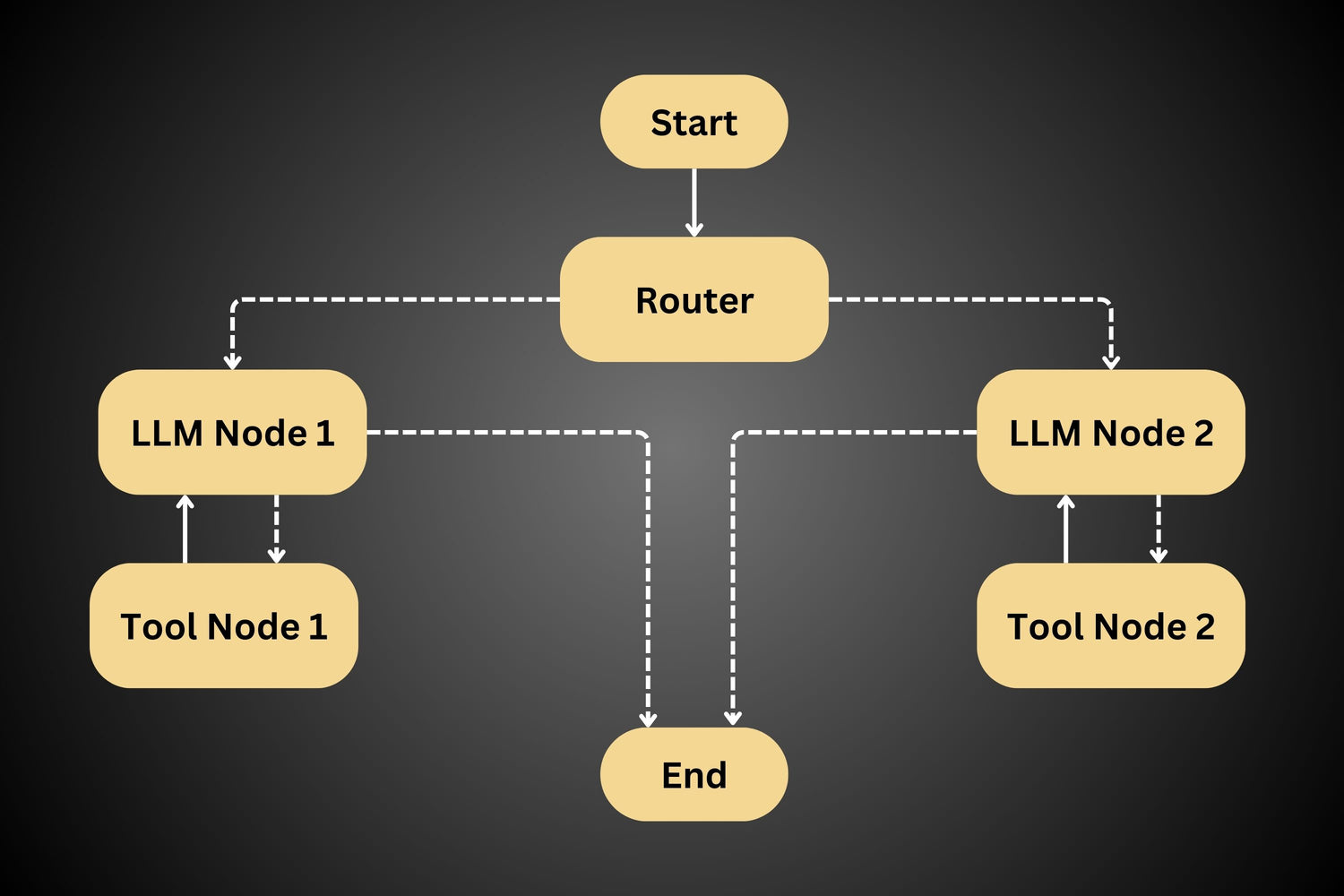
Agent Mark 2
Router Agent
This system employs a router to select the appropriate ReAct agent, enabling multiple domain-specific agents to enhance overall performance. However, the main drawback is that only one agent can be selected at a time.
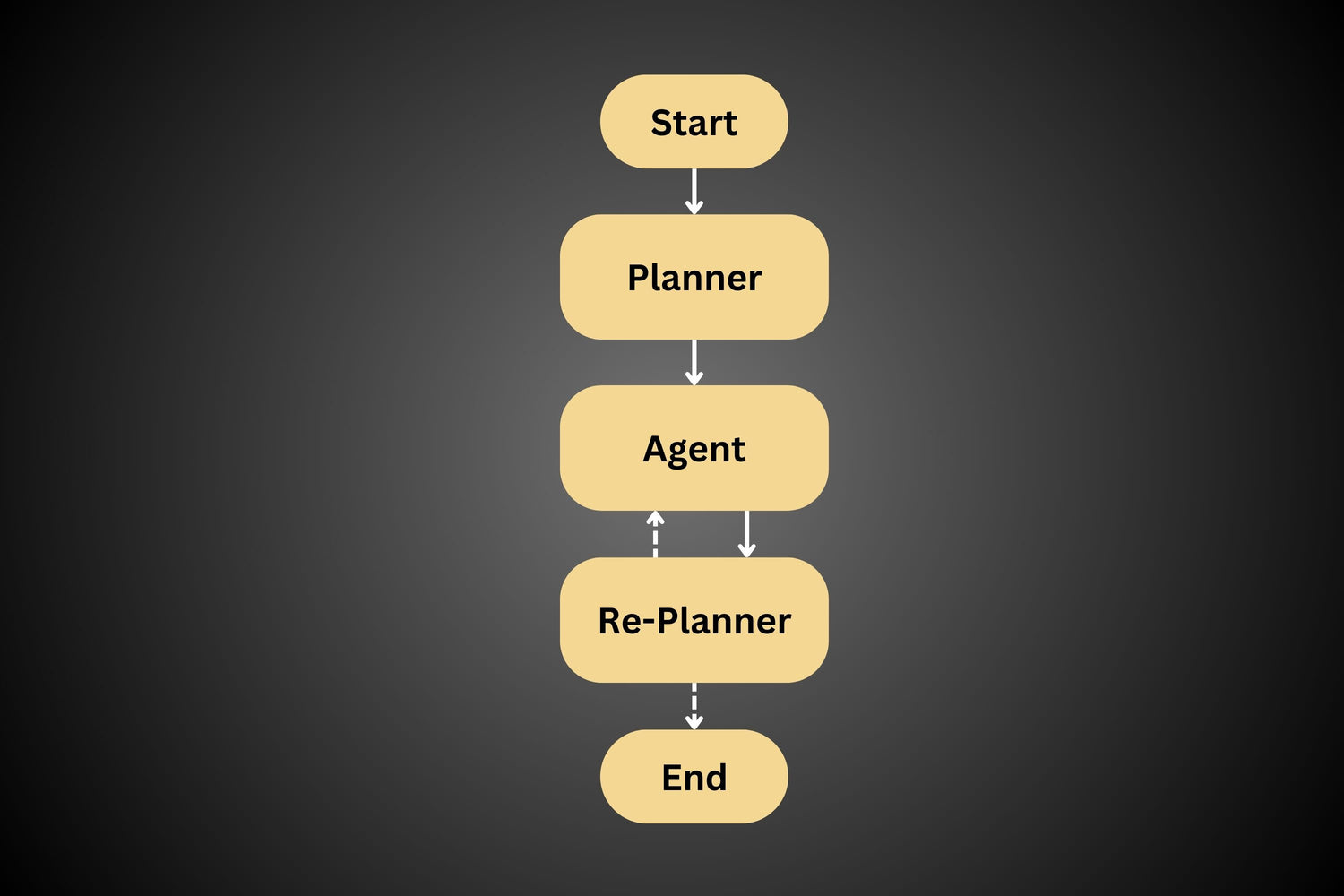
Agent Mark 3
Planning Agent
To mitigate the limitations of before a planning system was added. Unfortunately this caused increased token usage with limited improvements. Simple tasks were also often "over-thought".
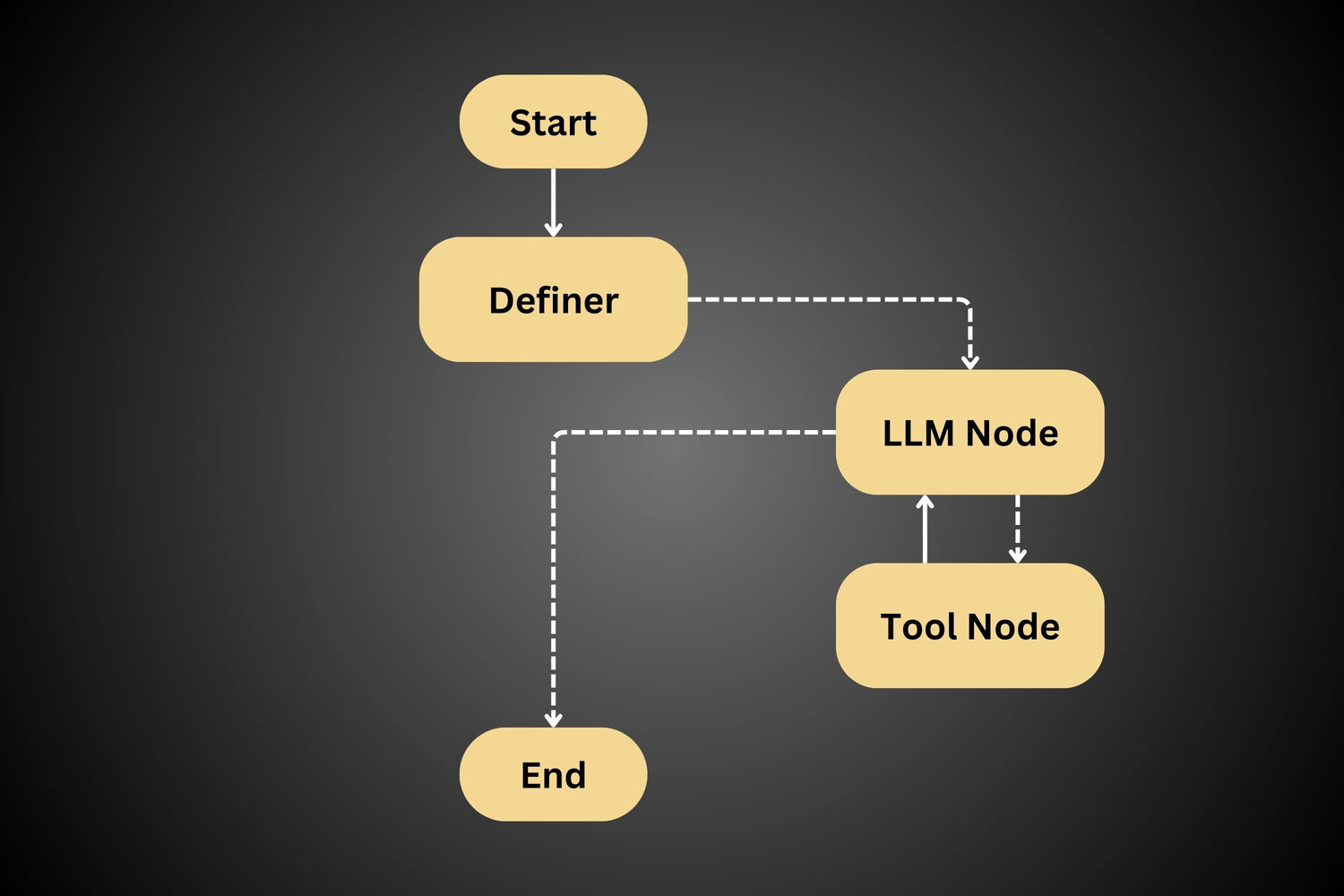
Agent Mark 4
Definer Agent
To keep the performance gain of domain specific agents and allow complex multi-turn problems to be solved a definer was added before the main agent process. This node defines the correct persona and tools for the agent to complete its tasks in the most effective manner.
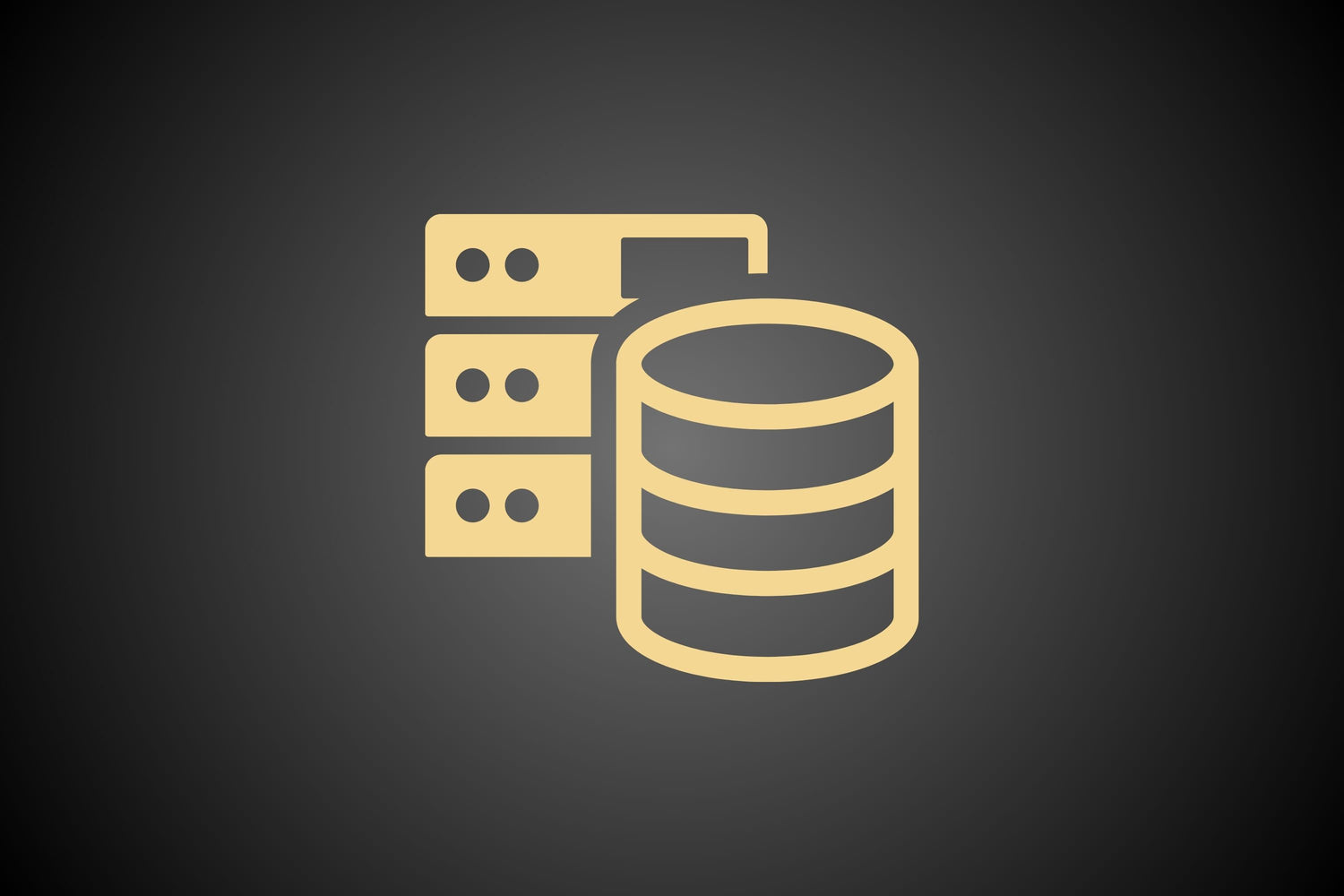
Agent Mark 5
LangGraph Platform Implementation
All other iterations are built using the open-source LangGraph package. This fifth iteration proved that all other developments could be ported to use the LangGraph Platform if required.
There are many advantages to using this infrastructure depending on the project requirements.
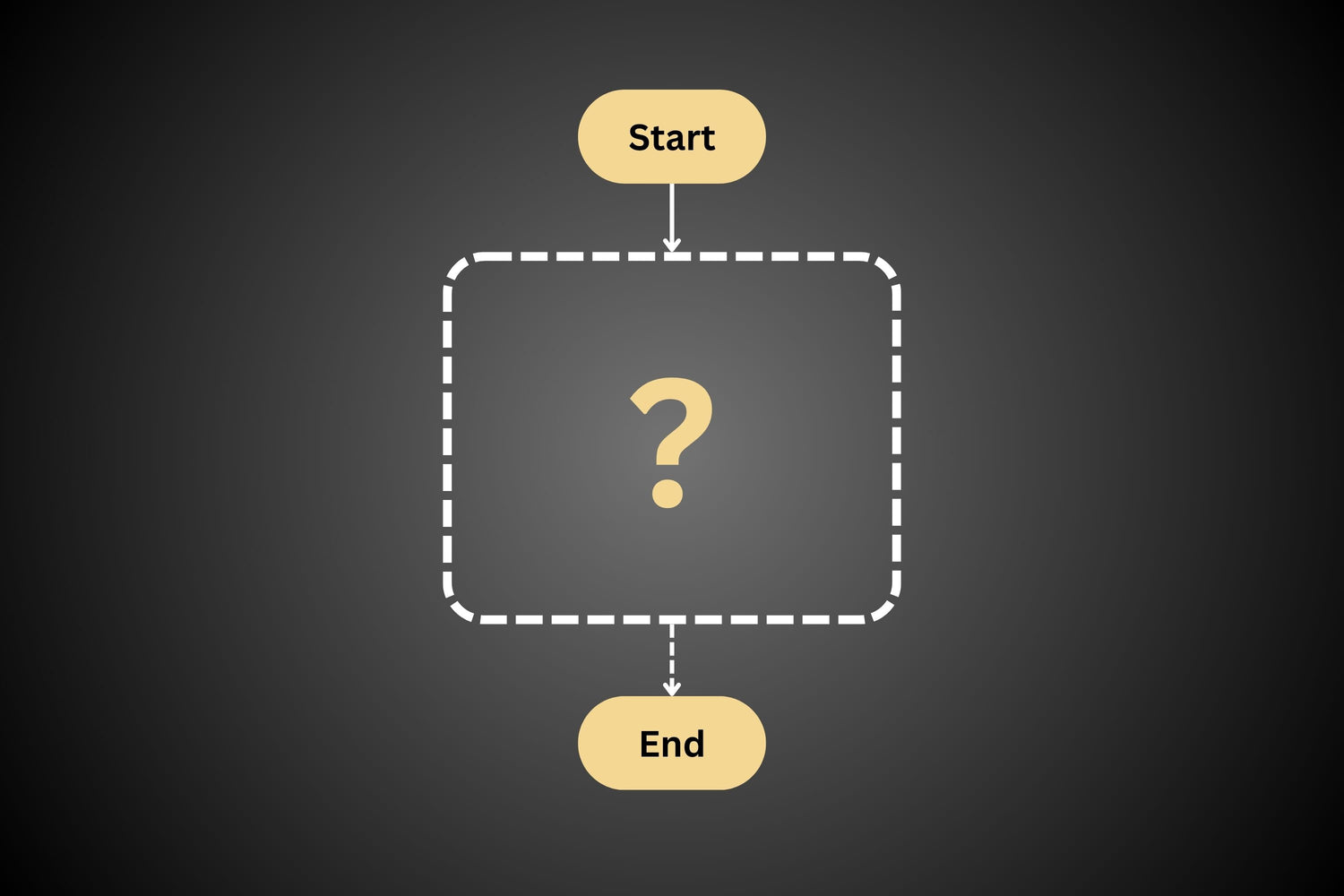
Agent Mark 6
Network Agent
This agent architecture is currently under active development. The goal here is to build on the previous iterations and new software releases. Features will include:
- Long-term memory
- Reasoning models
- MCP Server support
- Multi-agent flows
- Human-in-the-loop
- Continuous, autonomous learning
